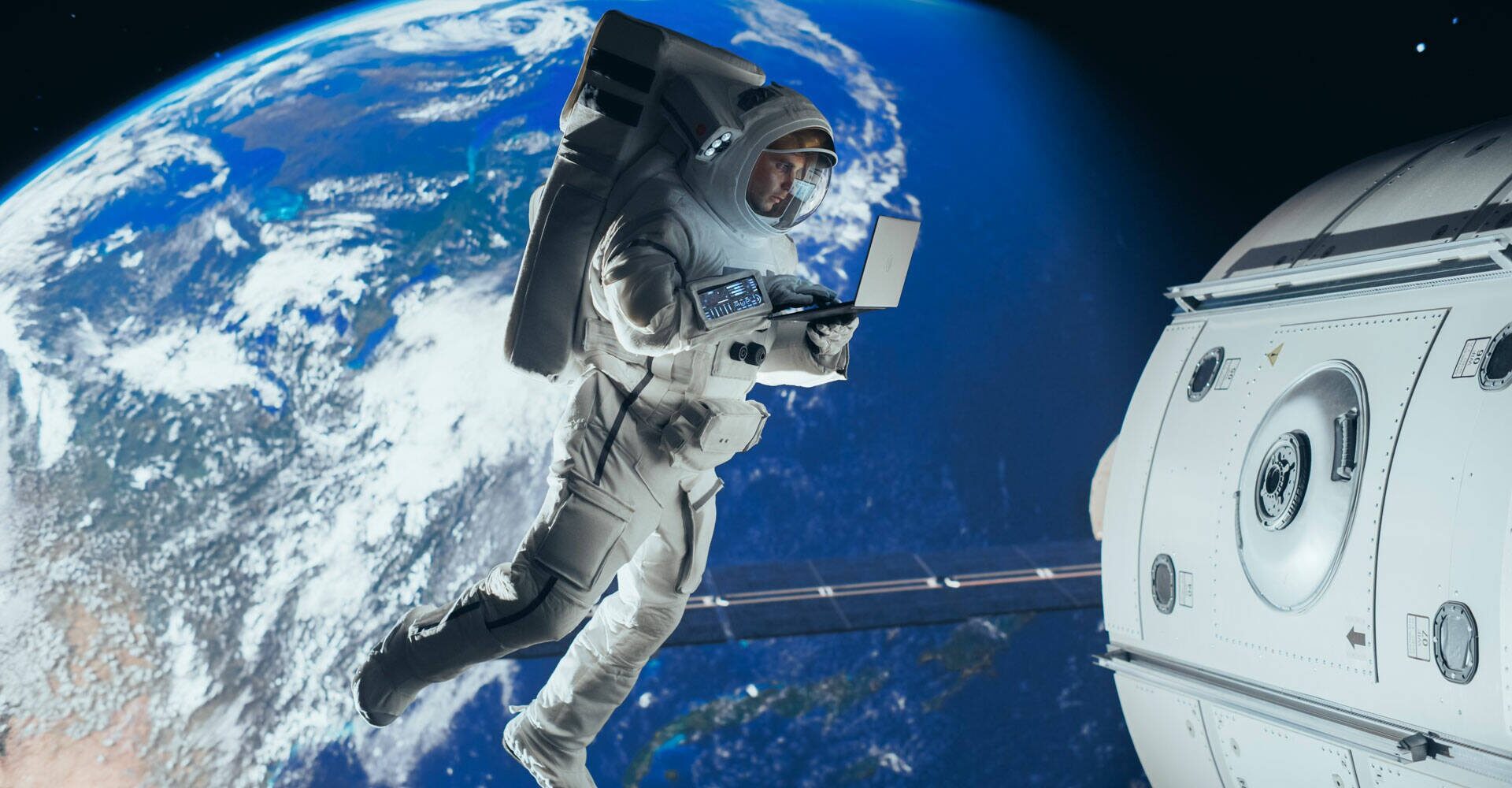The European Space Agency (ESA) has coined a tortured acronym for its project to feed astronauts on long-duration missions: HOBI-WAN (Hydrogen Oxidizing Bacteria In Weightlessness As a source of Nutrition).
We at El Reg appreciate a good acronym stretch, and HOBI-WAN’s implications for keeping astronauts fed and active during lengthy lunar missions or trips to Mars are intriguing.
Solein, made by Finnish company Solar Foods, is the protein-rich powder at the center of the pilot. It is created via a process that uses a naturally occurring microbe, fermented with air (split into hydrogen and oxygen via electricity) and trace nutrients like phosphorus and calcium.
The result is dried into a powder the company claims is “nutritious, vegan, and caters to every diet” — including, hopefully, astronauts on long-duration missions.
The challenge is keeping crews fed when resupply isn’t an option. Solein requires minimal space and raw materials but hasn’t been tested in microgravity. Hence the plan for a small-scale gas fermentation pilot, eventually bound for the International Space Station (ISS).
Solar Foods has completed an initial technology project with ESA, and HOBI-WAN is the follow-up. The first eight-month phase will develop a ground-based version of the project. If this goes well, a follow-up phase will create a flight model with the aim of launching it to the ISS.
Solar Foods won the 2024 Deep Space Food Challenge. OHB System AG was selected as the Prime Contractor for the project and has signed a contract with Solar Foods for the pilot.
The ISS version of the experiment will be housed in a standard middeck locker, which, according to ESA, “will include all components required for the bioreactor, such as an incubator, sensors, control units, and systems for sample extraction.” Though small-scale, it could eventually utilize the hydrogen, oxygen, and carbon dioxide from the crew and the life support systems.
The project falls under ESA’s Terrae Novae exploration programme, involving campaigns in low Earth orbit, the Moon, and Mars. Angelique Van Ombergen, ESA’s Chief exploration scientist, said:
“This project aims at developing a key resource which will allow us to improve human spaceflight’s autonomy, resilience and also the well-being of our astronauts.
“For human beings to be able to implement long duration missions on the Moon, or even one day, to go to Mars, will require innovative and sustainable solutions to be able to survive with limited supplies.”
After all, humans cannot survive on acronyms alone. ®

